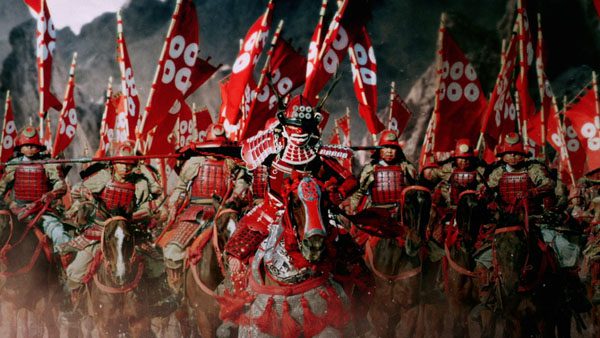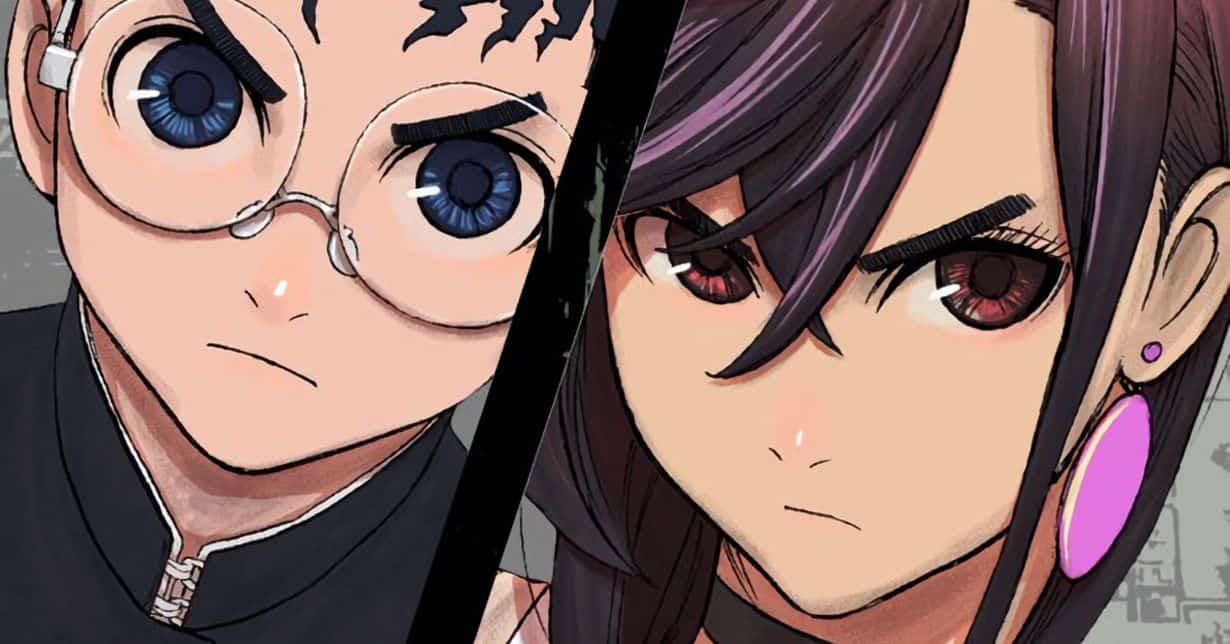We all love to watch some drama in our day-to-day entertainment dose. One of the most enjoyable to watch in the list of dramas is Japanese Historical Drama which is in its league. These specific types of dramas are called Jidaigeki. Jidaigeki is mostly set in the Edo period of Japan’s history, 1603-1868.
The inspiration for these dramas is mostly taken from actual happenings that have occurred in Japan’s history, but they are mostly exaggerated on their own and have many inspiring characters. Japan has a very good list of these historical dramas that everyone will enjoy watching.
So let’s have a look at some of the best Japanese Historical Drama that you can watch :
The Last Samurai (2003)
One of the most beautiful works done by Tom Cruise is The Last Samurai, which was released in 2003. He played the role of Captain Nathan Algren, who was hired to train the Japanese soldiers to suppress the Samurai rebellion brewing in the nation. The actual story was revolving around the world of the Samurai, which was getting destroyed by the English men.
Captain Nathan Algren was hired to train Japanese soldiers such that they could use the weaponry made by English men. He got captured by the rebellion samurais. There he learned the ways of samurais and got to know about the real deal happening.
Tatara Samurai (2017)
A young man in 16th century Japan is in a great dilemma of choosing between the skills his father and grandfather opted for their living, or he can become a great Samurai to protect his village from other clans who are attacking them for their high-quality steel.
He has to choose to be a steelmaker or a Samurai.
Sanada Maru (2016)
During the Sengoku period in Japan, there was a Sanada clan, and this Japanese television series mainly focuses on a member of this clan, Sanada Noboushige. Noboushige played a very important role in defending Osaka Castle during the Seige of Osaka in 1615. He was brought up in a place named Shinshu, presently named Nagano Prefecture. As time passed by, he became a very respected samurai warrior commander.
When invading forces of Tokugawa Ieyasu attacked the Osaka Castle, he came up with the brilliant idea of constructing a small fortification around the castle. Sanada Maru is one of the best television series that you can watch if you love Japanese historical dramas.
Naotora: The Lady Warlord (2017)
The series is from the Sengoku period in Japan. Li clan of that period now has its last child successor, Naotora Li. During that period, it was almost impossible for a woman to be a lord. Due to the very brutal and violent history of the Li clan, there was no more male successor left to be a successor. So, Naotora Li had to step up to be its successor and endure every trial as a Lady Warlord.
Nobunaga Concerto (2016)
This full-of-action comedy series revolves around the life of a high school student, Sanura, who accidentally travels back in time. When he gets to his senses, he finds out that he is in the Sengoku period. There he met a young lord, Oda Nobunaga, the eldest son of the Oda family. Oda and our Sanura are very similar to each other.
Both of them switched places, and Oda set out toward his dream of unifying his country. Saburo, before getting to know what is going on around him, gets caught by a guard and brought back to the castle and then is introduced to the world of a feudal lord who kills people, sacrifice others’ life and bear a heavy responsibility.
Atsuhime (2008)
The series is based on the life of Atsushime, who grew up in Kagoshima Prefecture, back then was called Satsuma. In the series, she is depicted as a very profound child, a very warm-hearted and curious tomboy.
She soon marries Tokugawa Iesada and ascends to the highest rank in Ooku. When Iesada died, Atsuhime took the name Tensho-in and asserted herself as the leader of the Tokugawa clan.
Atsuhime is one of the most perfectly elaborated series that ever aired on Japanese television.
https://youtu.be/wv6ocJ_qi-g
Shinsengumi (2004)
The series focuses on sacrifices, glory, passion, and hardships these men faced during that period. This period can be described as the most difficult period in Japanese history. When Commodore Perry’s “Black Ships” arrived on the shores of Japan, it became the most difficult time for the people as they had been living peacefully for 300 years. As the changes were happening because of Commodore Perry, a small group of people took on themselves to preserve their traditional shogunate system.
Nobunaga no Chef (2013)
A french chef travels back in time to the Sengoku period and finds himself in a place where he has lost his memory due to timeslip but knows his ways of fine cuisine. Ken was his name. Ken, because of his exceptional skills, soon became the chef of a powerful Daimyo Nobunaga Oda.
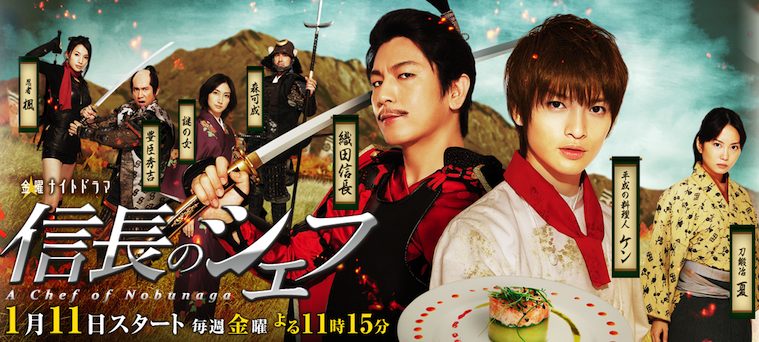
Taira no Kiyomori (2012)
The story revolves around Taira no Kiyomori, a 12th-century general and politician. He was the eldest son of Taira no Tadamori, who was the head of the Taira clan. He faced a very great rebellion during his period but somehow gained the trust of Emperor Go-Shirakawa and attained the position of Daijo Daijin, meaning Chancellor of the Realm. When he was young and full of youth, he helped to clear out the seas filled with pirates and build a Samurai Dominated period in Japan.
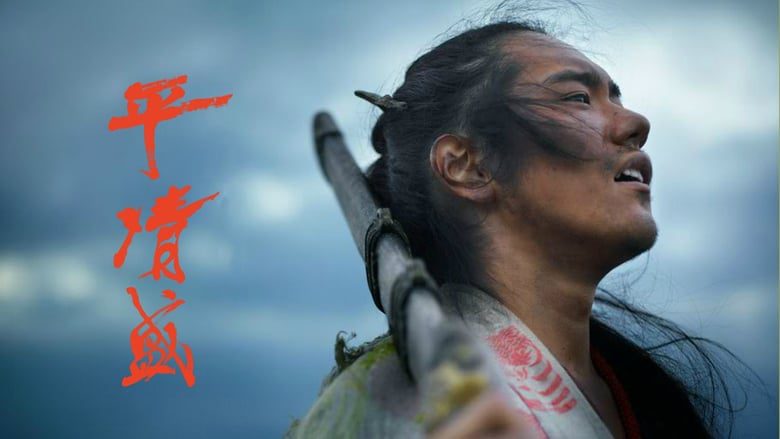
Ryomaden (2010)
Ryomaden is a story set back in the Bakumatsu Period. Sakamoto Ryoma is our main character in the series, who lived from 1835 to 1867. He became a very successful leader during the overthrowing movement of Tokugawa Bakufu and became the reason behind Meiji Restoration. Soon he became one of the founding members of the modern-day Japanese navy, which was back then a force to reckon with.
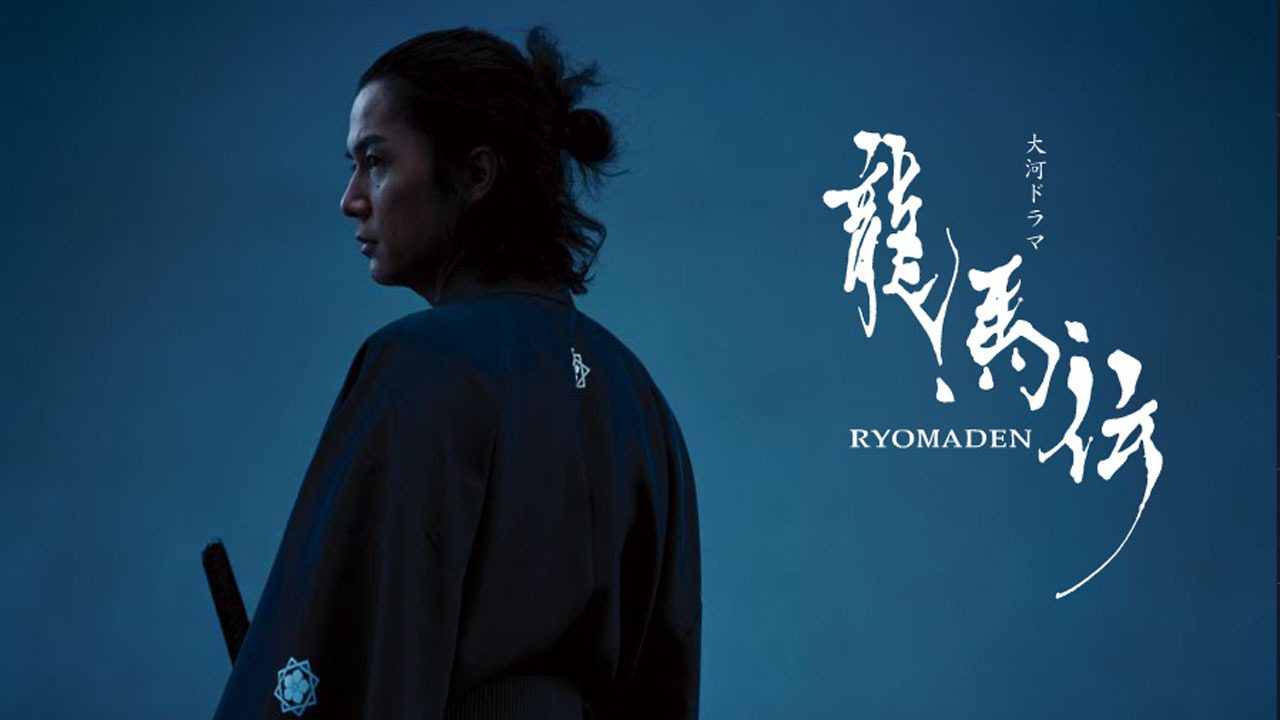
Onna Nobunaga (2013)
The story is based on a novel written by award-winning writer Sato Kenichi. The novel was published in 2006. In this series, the actual history of Japan is slightly altered in such a way that Oda Nobuhide only had a girl as his heir and successor. It focuses on how things might have been if Oda Nobunaga was a woman up until the Honnoji incident. But Honnoji’s incident happened, and she had to commit suicide.
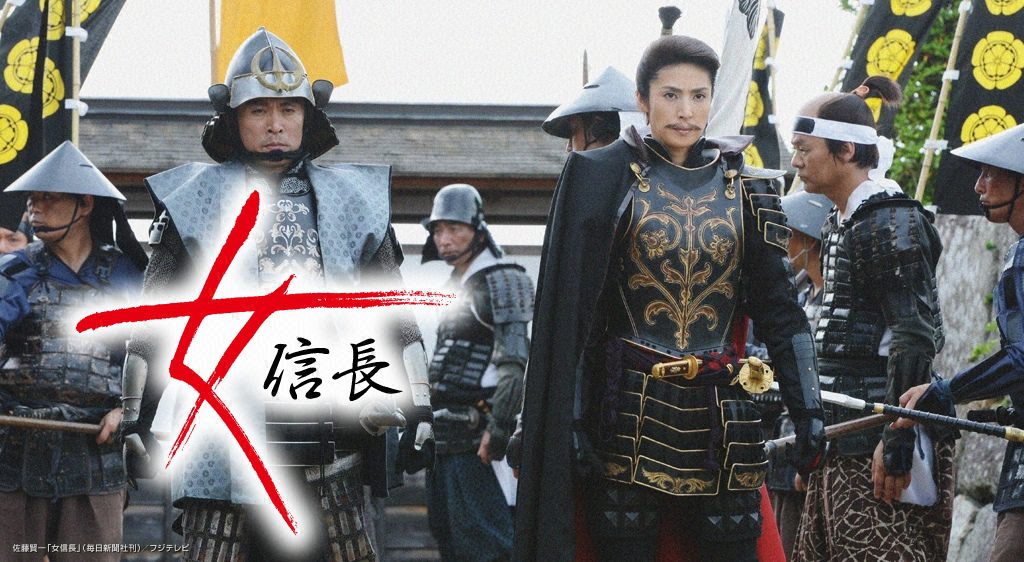
Tempest (2011)
In the later days of the Tokugawa shogunate, a woman belonging to the Ryukyu Kingdom wants to complete her studies to complete her duties despite the gender restrictions of that time. When her stepbrother got missing, she takes full advantage of that and disguises herself as a Eunuch named Son Neion. While in disguise, she passes her exam and becomes a royal government official.
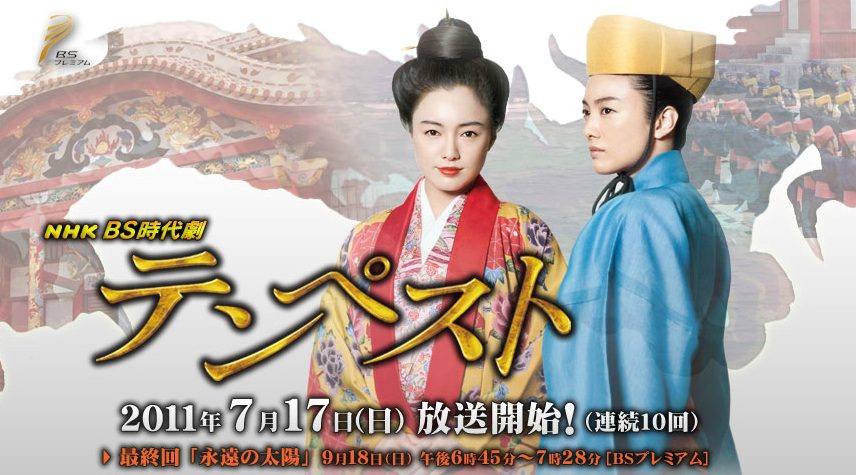
Tenchijin (2009)
Naoe Kanetsugu, a very loyal and faithful samurai in the Echigo Province, was trained by his master to serve the nation and defend the weak. Uesugi Kenshin was his master, and after Kenshin’s death, Kenshin’s adopted son Kagekatsu held the banner to protect the realm. Kagekatsu was unexceptionally loyal to the Uesugi Family. After his father’s death, he served the people of Echigo and made every effort to protect people with a strong sense of justice.
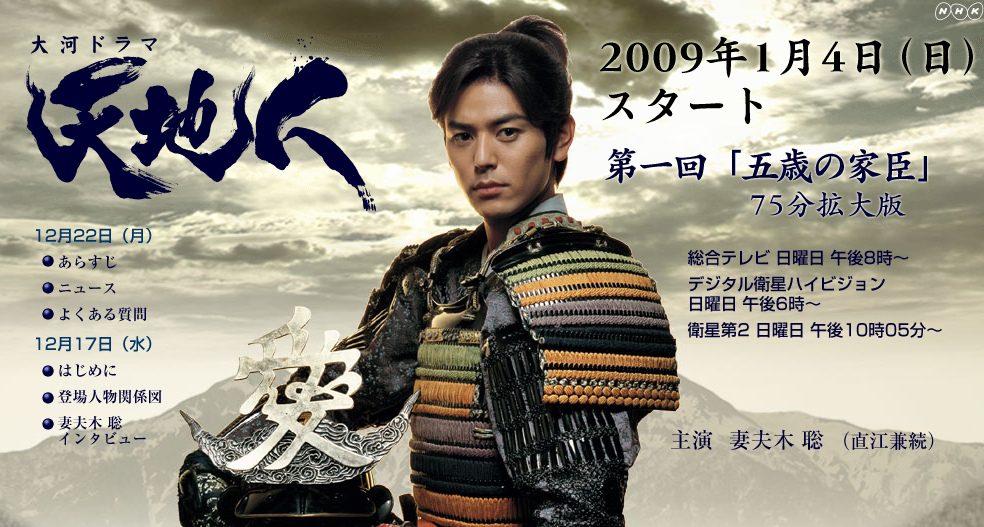
Sego-don (2018)
Takamori Saigo, a historical figure of Japan’s history who was born into a lower-class samurai family, did many important things during his period. He was exiled from his kingdom almost two times and had three marriages. He became the central figure of the Meiji Restoration but, due to some dissatisfaction with the reforms, rebelled against the government.
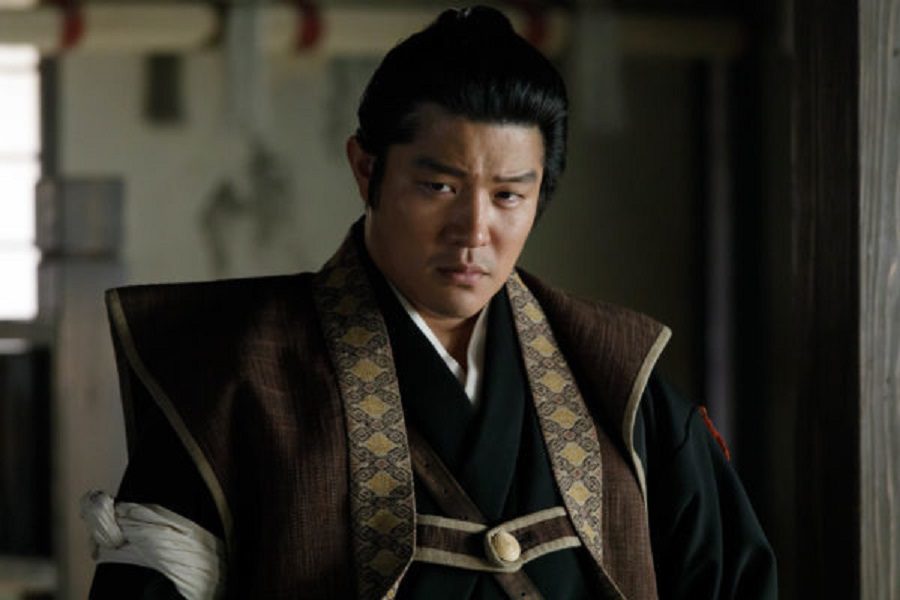
Yae no Sakura (2013)
The story is set in the Edo period of Japanese history, where a woman named Niijima Yae, also known as Yamamoto Yaeko, was very skilled in gunnery and helped her people defend against a great threat.
She earned a nickname for her defending Aizu during the Boshin War, “Bakumatsu Joan of Arc”. She got married to an educator Joseph Hardy Neesima after the war and became Christain, and helped her husband in founding Doshisha University.
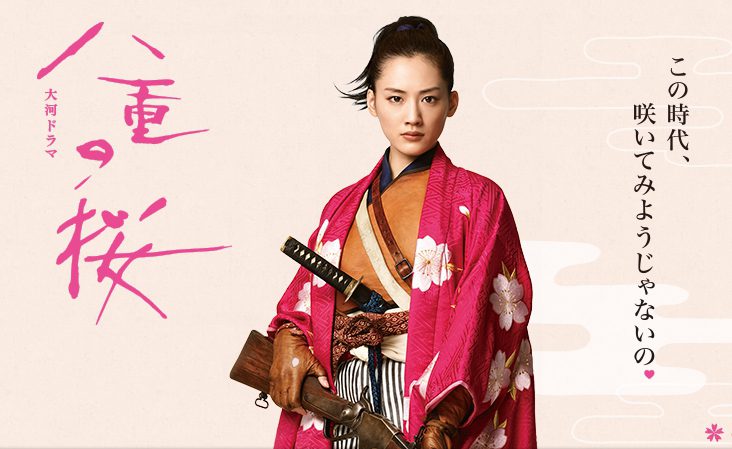
The Legend of Zu (2018)
Filled with mystical creatures, our story revolves around Faries and demons. After a battle where the faries lost many lives, they won a great battle against demons.
Yu Qingzi, their leader, died for his apprentice Xiao He. Almost 500 tranquil years later, Xiao finds out that his master has been resurrected from the grave and is right in front of him.
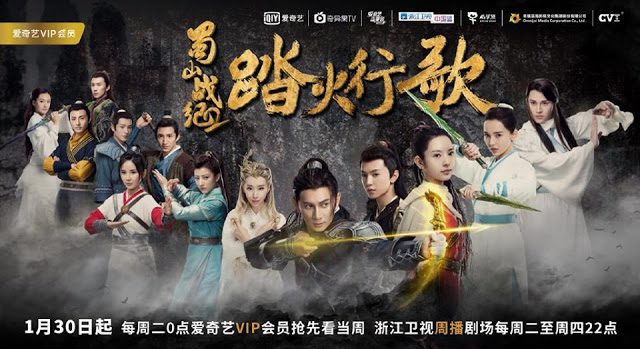
Fuurin Kazan(2007)
A story of a strategist in the Age of the Civil War in the 16th century. This story is the adaptation of Yasushi Inoue’s historical drama novel under the same title in the year 1959.
Reflecting on the consequences of fighting for dreams, the Japanese Samurai, Yamamoto Kansuke, was one of the generals of Takeda Shingen who united to help the warlord of Kai. But Kansuke also was with Shingen’s courtesan Yu as he had affection for her. Shingen, with the help of his generals, expands northwards, hence fighting the warlord Uesugi.
General and I (2017)
The story revolves around a woman named Bai Pingting, who was an attendant to He Xia. He Xia and Bai Pingting one day had to flee from the mansion of Prince Jing’an as it was under attack. They both fled to the Kingdom of Yan.
Somehow they got separated from each other, and Bai Pingting took refuge in a nearby monastery. At the monastery, she finds a very powerful general, Chu Beijie, of the Kingdom Jin. After seeing Chu Beijie, she suddenly remembered him as her childhood first love. Their love story will be very tough as both are from opposing Kingdoms.
The Abe Clan(1938)
A Japanese historical drama film which was directed by Hisatora Kumagai. This film was the adaptation of the 1913’s Japanese short story “Abe Ichizoku” by Mori Ogai.
Performing the ritual suicide by the vassals of the lord of the Higo area, Hosokawa Tadatoshi, despite being forbidden Tadatoshi’s son, after the death of his father again orders them to stop committing suicide, but Yaichiemon obeys the command of the new lord called a coward. Mitsunao punishes abe’s family as he, in the end, decides to follow his former lord in death. The story then moves ahead when he troops in the family’s manor.
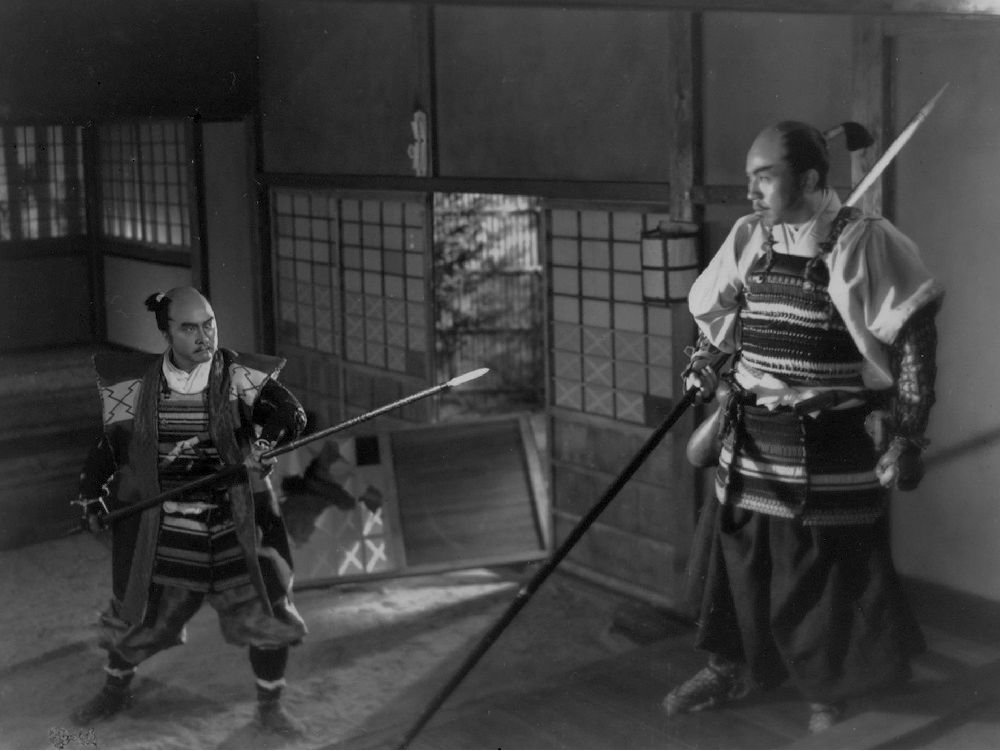
Hara-Kiri: Death of a Samurai (2011)
A 3D historical period drama movie directed by Takashi Miike. The reveal of the Samurai Hanshiro Tsugumo’s son-in-law, Motome Chijiiwa, committed ritual suicide, called ‘seppuku’, to outwit the opponent. Hanshrio is seen on a fierce journey throughout the movie.
The Emperor in August (2015)
Directed by Masato Harada, The Emperor in August is a Japanese historical drama film that is a remake of Japan’s Longest Day, which showed the orders of the government’s group during the period of World War II in the year 1945.
The film showed the events of Tokyo’s firebombing operation Ketsugo, which was later canceled as Japan surrendered. The chain of events was created for the viewers to have a glance at the war happenings in the form of a film, movies being a very good medium of communication.
https://youtu.be/8q5GGOu5z5I
Dreams of Russian (1992)
A Japanese-Russian period film which was directed by Junya Sato, is an adaptation of the book written by Japanese writer Yasushi Inoue. The story goes around the wonderful nin years-long journey of sixteen sailors and a captain whose ship got wrecked off the Siberian coast.
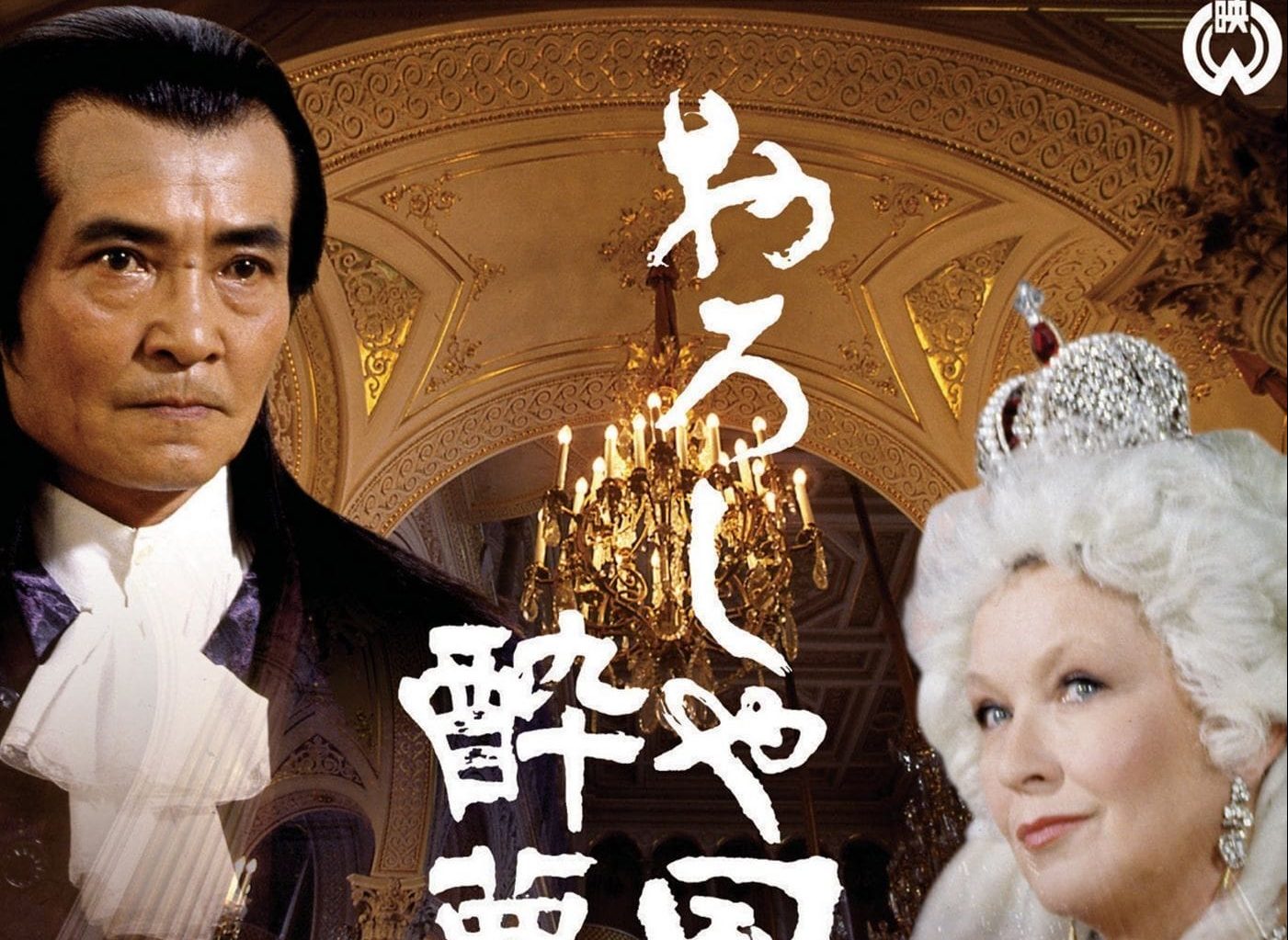
The Floating Castle(2012)
Ryo Wada’s novel got adapted into the film The Floating Castle in the year 2012. Among many battles of Toyotomi Hideyoshi’s campaigns against the Hojo Clan, Seige of Oshi was one on which this movie is made, portraying the fights of Oshi villagers against the Hojo’s. The whole film revolves around the struggle and the strategies to fight against the rivals.
Grave of the Fireflies (1988)
A Japanese animated short film based on a war tragedy. Directed by Isao Takahata and animated by Studio Ghibli. This movie has been counted as a major work of Japanese animation and also one of the greatest war films of all time.
The film depicts the story of two siblings, Seita and Setsuko, in the city of Kobe, Japan. Their struggles to survive the II World War’s final months are shown beautifully in the film.
The River Fuefuki (1960)
The Sengoku period is shown in the movie, keeping the genre of the film as a historical drama that shows the family of a farmer and his five successions who live on the bank of the river Fuefuki. Sadahei and Okei, the couple, had two sons who were at the rank of warriors, and the daughter was a servant at the court. Unfortunately, Sadahei is the only survivor of the family.
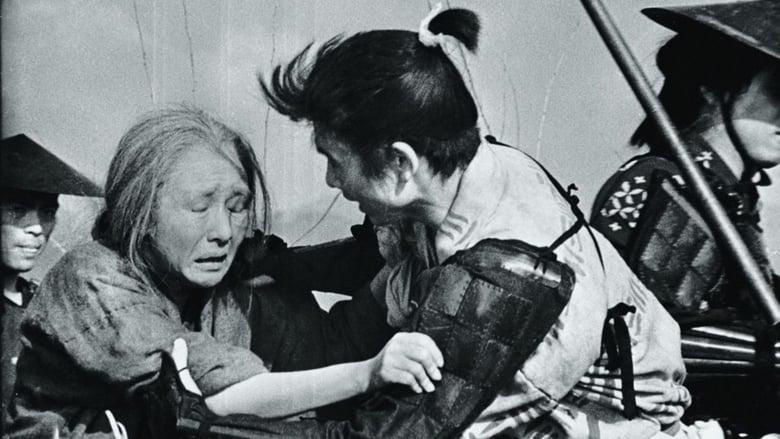
The Setting Sun (1992)
Based on the novel under the same name is a historical drama film directed by Rou Tomono. This film was a Taiwanese-Chinese-Japanese co-production. Ishihara, a Colonel of the military, contributed to getting military control over the northwestern part of China, Manchuria, with the financial support of Kaya, who got into the trade of opium and collided with the Chinese Mafia, Du. The movie hence moves around the subject of the director, keeping the interest of the audience.
Throne of Blood (1957)
A Japanese jidaigeki film directed by Akira Kurosawa keeps a bit of the essence of William Shakespeare’s Macbeth by showing the classical Japanese dance-drama. The film won two Mainichi Film Awards.
Seeing the Wayliad’s predictions coming true, Asaji, Warrior’s wife, murders his lord to speed up the spirit’s prophecy. The resetting of the play Macbeth in a feudal Japanese style makes the director and the whole team’s work appreciable.
Also Read: 30 Gangster Japanese Dramas To Watch


